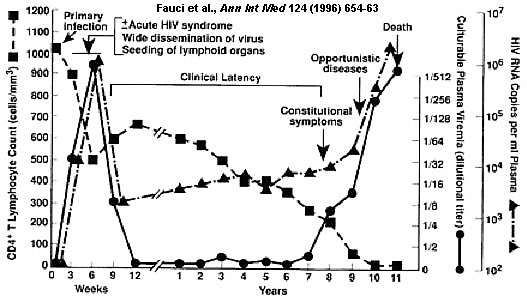
Tetanus is a severe illness characterized by intermittent tonic spasms of voluntary muscles. It is caused by Clostridium tetani, an anaerobic organism with drumstick appearance. The organism causes a disorder that has a very high mortality incidence. Tetanus infection is usually seen in persons above 50 years of age.
The organism enters the wound, multiplies there and produces powerful toxins (neurotoxin and haemolysin), which produce the disease. These toxins then enter the central nervous system through the peripheral nerves or through blood. Neurotoxin gets binded to the nerve cells and is responsible for tonic rigidity of the limbs, trunk, abdominal and neck muscles and causes reflex contraction due to minor stimuli.
Variety of Infection
Acute illness – The acute onset is sudden and severe. there is much restlessness and apprehension with pain in the neck, jaw and abdomen. other symptoms include lockjaw, dysphagia and dyspnoea. in the terminal stage, respiratory arrest causes cyanosis, tachycardia, fever and convulsions. Spasms are spontaneous but may also be induced by the slightest stimuli like touch, noise or any movement.
Chronic illness – in this, the onset is delayed with milder symptoms and muscle spasm may also not manifest itself fully.
Types of Infection
Generalized Tetanus – This is the commonest form in which the patient shows the symptoms but is mentally alert.
Localized Tetanus – in this variety, pain with stiffness is found at the site of the infection. Patients usually recover from this type.
Cephalic Tetanus – This is an uncommon type and is usually fatal. The portal of entry in such type is through the middle ear.
Routes of Infection
There are various routes of infection such as through umbilical cords in neonates, when the cord is treated with some septic material. Wound complication may also occur such as in road traffic accidents. Minor injuries with rusted nails, tattooing, injections and piercing of ear lobes may also cause the infection. Sometimes, the infection may also spread through septic abortion or some surgical operations.
Treatment
The circulating toxin cannot be neutralized. Wound dressing delayed for an hour or two is sufficient for absorption of the toxin. The patient should be put on absolute bed rest with sedation and nothing should be given through mouth until well. Anti-tetanus serum has to be administered at the time of wound excision.
Immunization through vaccines and proper wound debridement is necessary to prevent the illness.